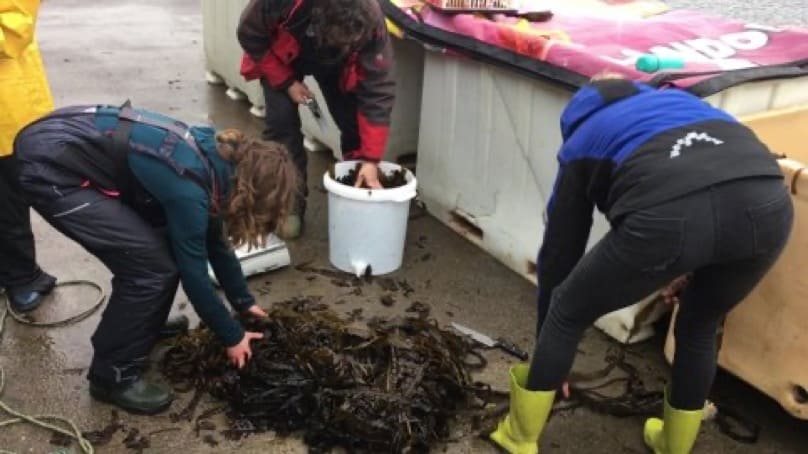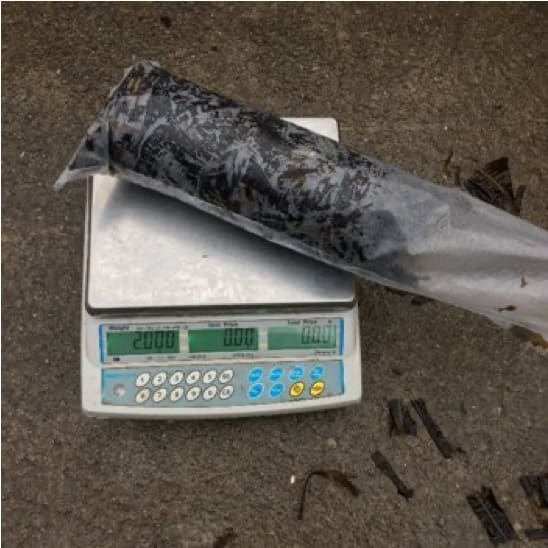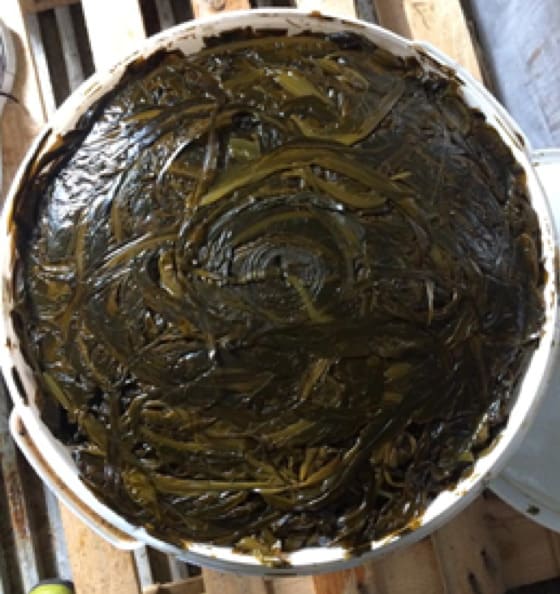LIFE Farm4More - Future Agricultural Management for multiple outputs on climate and rural development
Life Farm4More aims to reduce GHG emissions in the agriculture sector by:
- Creating and characterization of low emissions animal feeds from biorefinery products:
- organic/non-organic grass-legumes press-cakes with/without biochar;
- protein derived ingredients - crude protein (CP); hydrolysed protein; amino acid (AA) and polypeptides (PP) concentrates;
- Testing the new biorefinery sourced feeds in animal trials (cattle, pig and poultry)
- Screening for additional non-feed applications for the generated biorefinery products
- Screening and assessing alternative feed input substrates (ensiled seaweed)
- Assessing economic feasibility
- Establishing and managing a member state/stakeholder group (Ireland, Austria, Denmark) geospecific biorefinery implementation.
- Preparing specific dissemination material for agricultural- and policy level-actors
BMRS role
To optimise seaweed preservation methods by reducing its currently Global Warming Potential (GWP).
Drying seaweeds is the most common preservation method, but it is labour intensive and has a greater Global Warming Potential (GWP) than grass silage. BMRS will replace drying by a novel ensiling process. The new ensiling process will ensure that its nutritional- and monetary-value is maintained, while producing a bi-product, that possesses similar chemical characteristics to that of grass-silage press juice. The seaweed-silage press juice will be fed to the biorefinery as an alternative input substrate whereby its GHG reductions in relation to current seaweed-production techniques will be identified.
Update April 2020
 Chopping Alaria for sample buckets and bags for trial 2
Chopping Alaria for sample buckets and bags for trial 2 Vacuum sealed bags before being sealed
Vacuum sealed bags before being sealed Alaria silage in fermentation bucket 23 days post-harvest from Trial 1
Alaria silage in fermentation bucket 23 days post-harvest from Trial 1
Update September 2023
LIFE Farm4More are attempting to reduce GHG emissions in agriculture by transforming seaweed into protein-rich green biorefinery feedstock.









